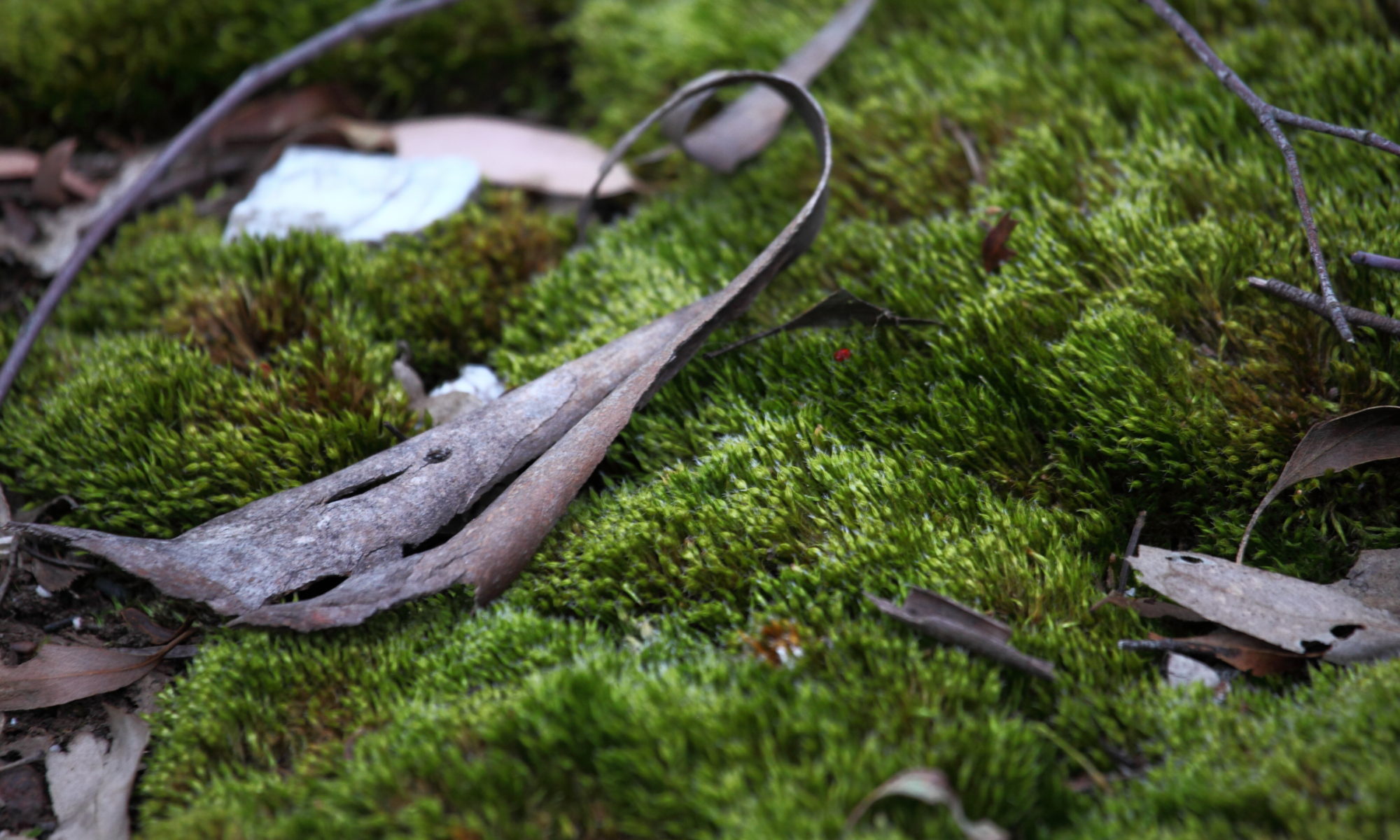What an exciting week it has been and it just goes to prove no matter how long you work with wildlife there are always some massive surprises to be had. That the nature world still astounds me is why I so love what I do.
I was so excited to see Snowy the White Laughing Kookaburra, even as I write I am still in awe of coming across such an amazing bird. My initial thought was that Snowy was an Albino. But after some fairly careful research and having a good look at the shots and zooming in on the eyes they look just like adult Kookaburra eyes, in that they are quite dark and they are not pink or light colored. So I think Snowy is not a Albino but has Leucism. Something I had no idea about until I looked into how Snowy is white.
So what is the difference between Albinism and Leucism?
When a bird is a true Albino, a genetic disorder causes the bird to not have the amino acid tyrosinase present in its system and so its body does not produce melanin pigments at all.
In the case of Leucism, the amino acid tyrosinase is present and so are the melanin pigments but in this inherited disorder the deposition of these pigments is blocked and so color is not transferred to the feathers, beak and skin scales in extreme cases.
So leucistic birds always have colored eyes which distinguishes them from albinos, as in the case of Snowy.
My source for this information is found at Not every white bird is an albino: sense and nonsense about colour aberrations in birds a paper by Hein van Grouw. Thank goodness for Google Scholar.
I do hope the white Laughing Kookaburra (AKA Snowy) does well and survives. Being such a standout creature will likely make its life hard and logic tells me without camouflage it will be a sitting duck for predators. Snowy lives on private land and without disturbance hopefully will live a long successful life, but only time will tell.
It is worth remembering that every animal is a individual, they all have their own personalities and characteristics. Some have obvious differences, like Snowy but anyone who has owned pets, (dogs, cats, birds or reptiles) knows that each one has its personality and is different and unique in its own way. This blog is a lot about celebrating the animal characters that live and pass though my life here. I look forward to your comments and subscribe to get reminders for every new post.
A white Kookaburra, you just never know what you will find in the natural world, do you.

Snowy is a very interesting find Mark . I very much enjoyed this short film with it’s informative narration. Look forward to updates on young Snowy ?
Hi Leon, Thanks for you kind words. Snowy is very interesting, I have never seen anything like it in the wild before. I will do my best to include a follow up in a week or so if he/she is still about. I am trying to find out some more about Snowy as well. Keep watching for updates. Mark
Brilliant Mark.
I thoroughly enjoyed this. Thank you so much.
Michelle
Hi Mark, great story…a beauty! Never ceases to amaze me in our little patch of bush. How far and wide do you think Snowy way roam…will keep an eye out for him.
Love kookaburras and look forward to hearing more about Snowy
Thank you for this information on the white kookaburra. I saw a photograph of one on a Facebook page of Australian birds.
There has been a snowy kookaburra in the Carindale
( Brisbane) area for the past couple of weeks. I was able to get a couple of photos. Is it in danger from other birds as we have seen birds attacking it. We have not seen any other kookaburras with it. Does anyone know if the snowy survive to become adults.
We have been fortunate to see a Snowy Kookaburra. It has been in the Carindale (Brisbane) area for the past couple of weeks. I was able to get a couple of photos. How much danger is it in from other birds, we have seen birds attacking it. I would hate to see it get injured or worse. It seems to be by itself, never seen any other kookaburras with it. It is a beautiful bird.